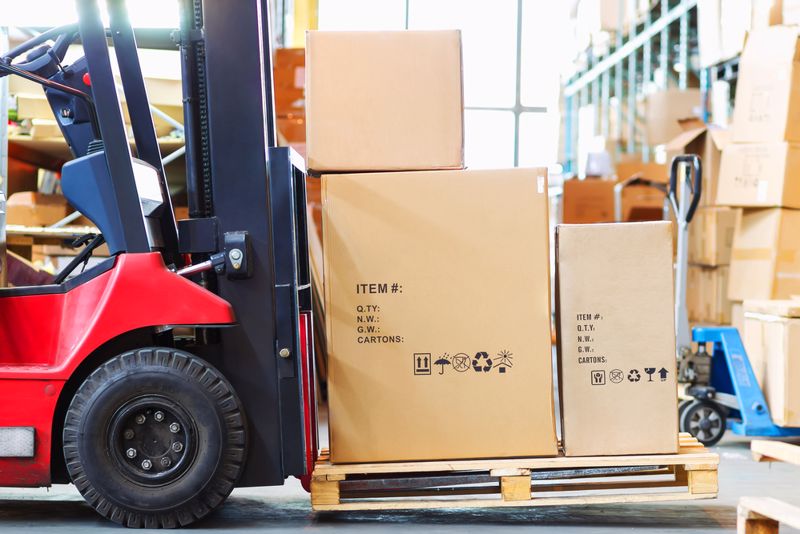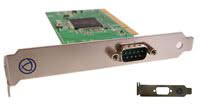
Building a lean supply chain: How IoT is changing logistics
By Max BurkhalterNovember 16, 2020
The modern supply chain is a massive network, and just one hitch in a company's connection to it can spell disaster. Losing track of a shipment can create delays in fulfillment, destroy B2B relationships and completely derail a quarterly earnings report.
The Internet of Things (IoT) provides real-time insight into every move your goods make along the supply chain, delivering more accountability than ever before. In addition, IoT eliminates many former error-prone paperwork requirements of supply chain management, and streamlines processes for a leaner, more efficient handling of your product from warehouse to final destination.
Pitfalls of standard logistics
Your goods may travel for hundreds or even thousands of miles, by truck, ship or plane, before arriving at their final destination. While RFID chips can provide knowledge of touchpoints along the way, they aren't capable of delivering to-the-minute data about how fast your shipment is traveling or give you an accurate estimate of when it will hit the neck checkpoint.
If a truck is delayed in traffic, a crate is forgotten at a transition stop, or paperwork is mismatched by a driver, your goods can end up effectively "in limbo" as you wait to figure out what is going on and your end customer gets more impatient by the hour. Delayed, mis-routed or lost goods are one of the top reasons relationships break down
IoT connected networks keep you informed
With the power of the IoT, you can now depend on data coming in from a wide range of sources, forming a clear picture of the route your shipment is taking and allowing you to swiftly resolve any hiccups before they impact your business. IoT sensors can send you real-time information not just about a package's physical location, but about the mode of transport it is currently in the grips of, whether it's being properly temperature controlled, how long it will be until arrival and more.
According to McKinsey & Company, B2B relationships increasingly depend on customer experience (CX), of which communication is a top benchmark. When you're able to provide your customer with real-time information about their shipment, confidence and trust increases.

Returns are an overlooked part of logistics
According to Shopify, returns will cost businesses $550 billion in 2020 alone, a nearly 80% increase from 2016. How your company handles returns will affect your profitability. Reverse logistics is required to effectively minimize the effect that returns have on your company's bottom line. Bottlenecks in your returns pipeline can create massive inefficiencies and keep you from realizing revenue goals.
IoT connectivity allows you to manage your returns, centralize them and efficiently handle their disposition, whether it's back to a warehouse for restocking and inventorying, or to disposal after review to determine what caused customer dissatisfaction.
How IoT technology can streamline your field operations
Real-time tracking with an IoT-connected smart tracking device delivers hyper-speed connectivity and deep coverage of every facet of your supply chain, minimizing costly errors and allowing you to merge and separate supply lines as appropriate to maximize warehouse and freight space and minimize waste.
Your assets that are connected to the IoT network are always findable and trackable, and the data you receive from assigned devices can be combined with data transmitted from fleet vehicles and warehouse bays for a crystal-clear picture of each shipment and its journey. Warehouse downtime, traffic surges, network gaps, changes in destination; all of these can be handled in real time and adaptation on the fly will keep your customers happy and feeling "in-the-know."
Investing in IoT-powered logistics solutions delivers agile innovation to your company's door in the form of smart tracking, real-time data dumps, and the opportunity to significantly improve customer experience while building a leaner logistics system. Once the data is in your hands, the next step is effective data management. Discover more about Perle's data management systems today.



